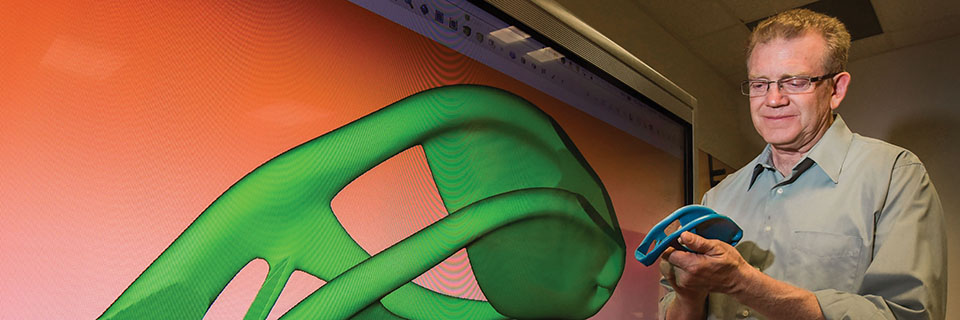
A new design technology and environment, PLATO (PLAtinum Topology Optimization), promises to fundamentally change our approach to mechanical design. This design process creates shapes by optimally placing material only where needed. The organic-looking shapes, which were previously infeasible to manufacture, can now be made economically using advanced additive manufacturing. These designs are preferred when space and weight are at a premium. This also opens the door to customized lattice materials where optimal stiffness-to-weight ratios are obtained. (1400, 1500) NW, NW
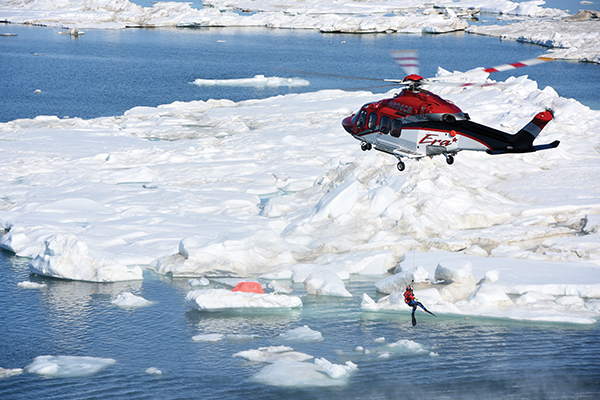
Sandia is managing a 700-mile-long Special Use Airspace that stretches north from Oliktok Point on Alaska’s Prudhoe Bay to within 400 miles of the North Pole. Oliktok is the location of the Atmospheric Radiation Measurement Climate Research Facility, where Sandia has conducted research since 1998. The protected airspace will provide a safe zone for researchers collecting climate data and for search-and-rescue teams practicing techniques. The first use of the restricted space was a cooperative rescue exercise led by the US Coast Guard. (6900) EC, SSEF
Sandia’s leadership in an analysis of water resources in the High Plains region, conducted by staff at the National Infrastructure Simulation and Analysis Center (NISAC), gained high visibility with the Department of Homeland Security’s Office of Cyber and Infrastructure Analysis (OCIA). These analyses of risks and economic impact of continuing aquifer depletion in Nebraska and Kansas led to Sandia presentations at the Nebraska Infrastructure Protection Conference in September and to the lieutenant governor of Nebraska, as well as follow-on work in other regions. (6900) IHNS, SSEF
Thermal batteries provide essential power for nuclear weapon components. Reduction of design cycles and cost have been realized for several weapon-specific thermal batteries through the use of the Thermally Activated Battery Simulator (TABS). This validated multistep, multiphysics model of thermal battery thermal and electrochemical behavior is routinely being used by battery designers in a desktop graphical user interface to understand and predict battery performance, reliability, and safety. TABS is also being integrated with systems performance models and to support stockpile assessments. (1500, 1800, 2500) NW, NW
Onboard the Mars 2020 rover
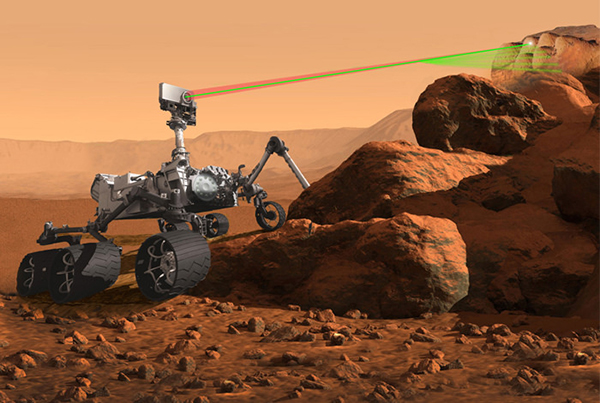
Sandia will play an important role in supporting NASA’s Mars 2020 mission by performing the safety analysis and producing the Safety Analysis Report, which is fundamental to the mission’s launch decision. Sandia recently performed the Nuclear Risk Assessment that led to NASA’s decision to use a multimission radioisotope thermoelectric generator (RTG) to power and heat the rover that will be carried on this mission. Both efforts depend on Sandia’s expertise in safety analysis, consequence modeling, and risk analysis. (6200, 1500, 5400) EC, SSEF
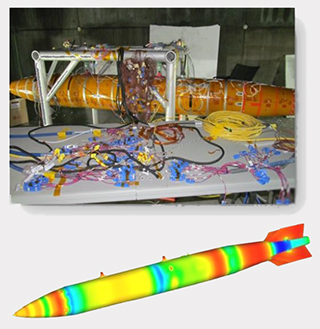
A high fidelity ground test is used to simulate thermal loads on the bomb during normal flight operations.
In partnership with organizations throughout Sandia, Center 1500 delivered an updated document to the B61-12 Life Extension Program that defines design requirements at the system and component level across a broad spectrum of thermal, fluid, mechanical, rad, and electromagnetic environments. The updated version, which represents a critical program milestone, benefitted from an unprecedented level of high-performance computational simulation in addition to ground and flight tests. The specifications are continually updated as new information emerges from flight tests, ground tests, and high-performance computer simulations. (1500) NW, NW
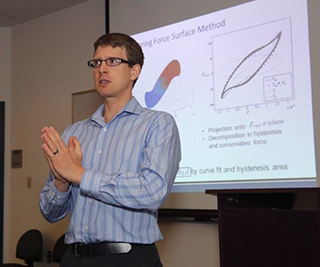
Matthew Brake (1526) giving an overview presentation on NOMAD’s eight projects this summer.
Sandia hosted its second annual Nonlinear Mechanics and Dynamics (NOMAD) Research Institute in the summer of 2015 with support from the University of New Mexico. For six weeks, researchers from across the world collaborated on seven projects in nonlinear mechanics and dynamics with an eighth team focusing on cross-cultural STEM collaborations. Participants included 24 graduate students/post docs and 14 world-renowned staff and faculty mentors from 17 universities across 11 countries. Matthew Brake (1526) was the technical organizer; Michaela Negus (1526) and Diane Peebles (1526) supported the programmatic coordination. (1500) NW, NW